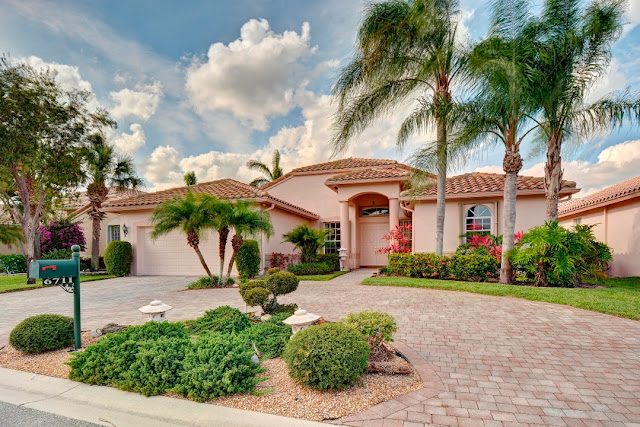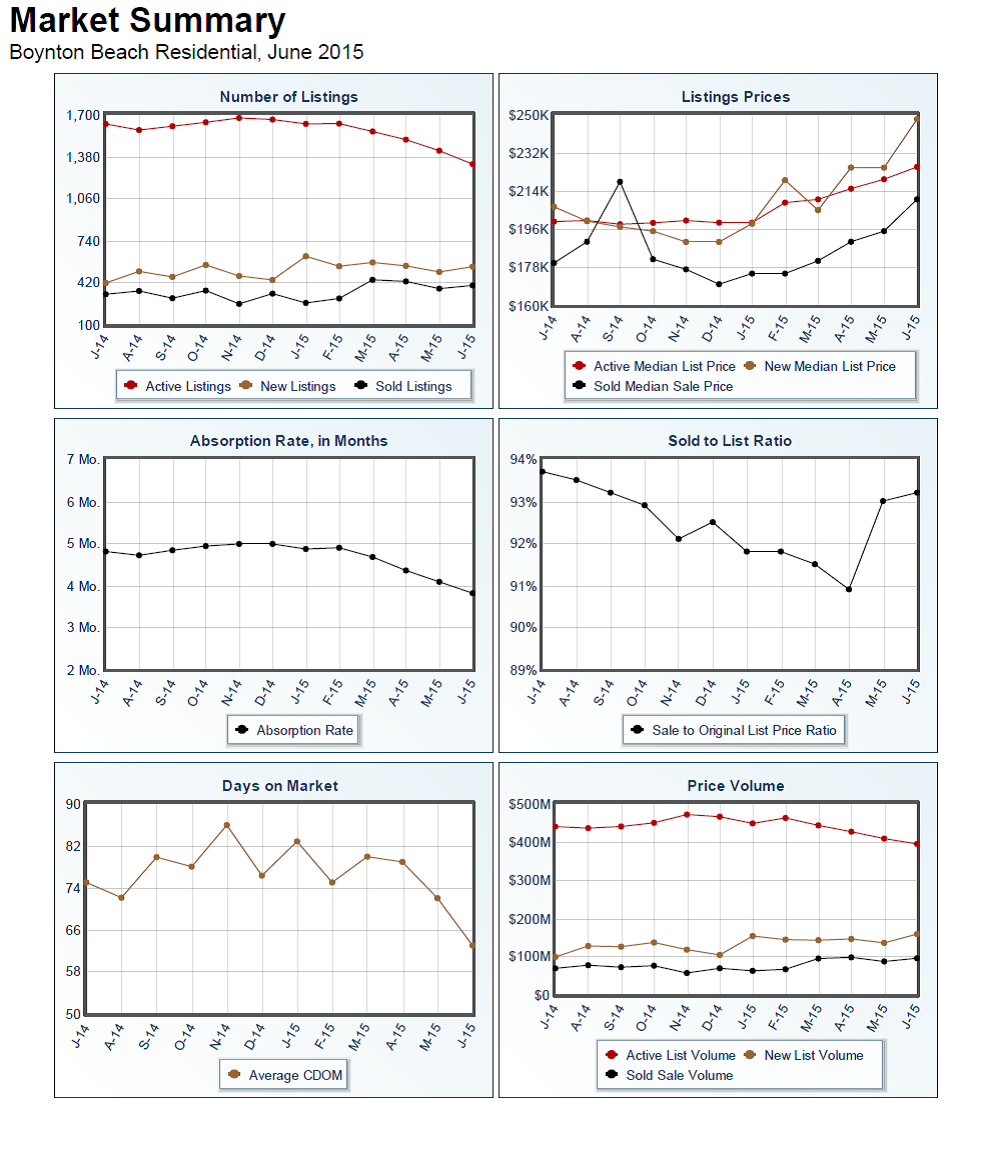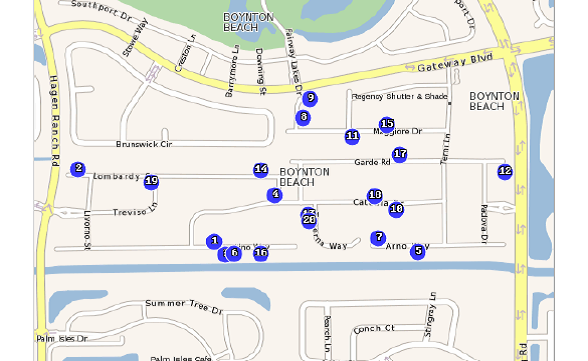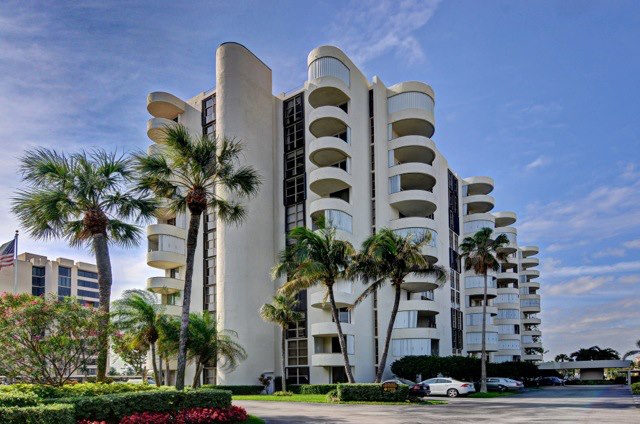Barbecue and Fire Pit Safety for the Summer
Throughout the United States, the summer months are those months where millions of Americans find themselves enjoying the outdoors or chilling in the backyard. With summer comes barbecues and evenings outside, sitting beside the fire pit. It's important to remember that barbecues and fire pits require a certain amount of safety when in use. To help you in your summer celebrations, keep these safety tips close by when using a barbecue or fire pit this summer.
Barbecue Tips
Grilled food is a true treat, especially when you don't want to cook inside during the warm summer months. Grills should always be used outside, in a well ventilated area. To ensure safety, grills should be stationed away from the home, deck railings and away from any low hanging tree branches or plants. http://www.findhomesinbocaraton.com/sell/The most important thing to remember is to never leave the grill unattended, especially if you have children and pets. The second most important safety item is to remember to keep the grill clean by removing grease and fat buildup. You can also clean or replace any trays that sit below the grill and collect food waste, oil and other grill debris.
http://www.findhomesinbocaraton.com/sell/The most important thing to remember is to never leave the grill unattended, especially if you have children and pets. The second most important safety item is to remember to keep the grill clean by removing grease and fat buildup. You can also clean or replace any trays that sit below the grill and collect food waste, oil and other grill debris.Propane Tips
Propane can be found in both liquid and gas form. Naturally odorless, an additive is added to the gas to give it a distinct odor to help people identify when the gas is around. Propane, when stored under pressure, is a liquid. When you hook up a propane tank to a gas grill, the tank is opened which allows propane gas to leave the tank and power the grill. Liquid Propane is very cold, so cold that it can cause freeze burns if it comes into contact with skin. http://www.findhomesinbocaraton.com/sell/Storing propane is an important part of propane use. A propane tank should always be stored and transported upright, and proper propane storage requires the tank be in a temperature controlled area. If you store a propane tank in an area that's susceptible to high temperatures, there is a risk of the pressure release valve opening and releasing gas, which is a fire hazard.
http://www.findhomesinbocaraton.com/sell/Storing propane is an important part of propane use. A propane tank should always be stored and transported upright, and proper propane storage requires the tank be in a temperature controlled area. If you store a propane tank in an area that's susceptible to high temperatures, there is a risk of the pressure release valve opening and releasing gas, which is a fire hazard.
When transporting propane, make sure the pressure release valve is closed and that there is cap or plug over the valve outlet. Tanks should always be transported in an upright position, sitting on the tank's foot. During transport, the tank should be secured, even if it's empty. You can secure the tank with a safety strap, the seat belt, or some kind of other container to prevent the tank from tipping over.
It's important to remember not to transport more than four propane tanks inside an enclosed vehicle at one time. You can carry more than four if you are transporting the tanks in the bed of a truck and they are secured to prevent escape.
Fire Pit Tips
 http://www.findhomesinbocaraton.com/sell/Sitting beside a fire pit, enjoying a drink, roasting marshmallows, or just listening to the crackle of the wood can be some of the most enjoyable and memorable moments of the summer. Fire pits are a great outdoor accessory, but they do require an amount of safety to operate. A fire pit should be at least 10 feet away from any structure or combustible surface. Unless the owner's manual says it's ok, do not put a fire pit on grass, a wood deck or in an enclosed deck/porch.
http://www.findhomesinbocaraton.com/sell/Sitting beside a fire pit, enjoying a drink, roasting marshmallows, or just listening to the crackle of the wood can be some of the most enjoyable and memorable moments of the summer. Fire pits are a great outdoor accessory, but they do require an amount of safety to operate. A fire pit should be at least 10 feet away from any structure or combustible surface. Unless the owner's manual says it's ok, do not put a fire pit on grass, a wood deck or in an enclosed deck/porch.
When it comes time to light the fire, be sure to always burn dry, seasoned wood that was cut at least six months earlier. In order to prevent sparks, keeps logs no longer than three-quarters of the pit's diameter. When starting the fire, don't use gasoline, lighter fluid or kerosene as these are not meant for fire pits! Use a fire starter or newspaper and kindling.
Do not light a fire in windy conditions, and it's important to remember to stay up-to-date with burn bans or burn ordinances in your area. If the pit is located in an area near trees or bushes, pick up any leaves or combustible material from around the pit before starting your fire. Keep a bucket of sand, a fire extinguisher or a garden hose nearby in case things get out of control.















































